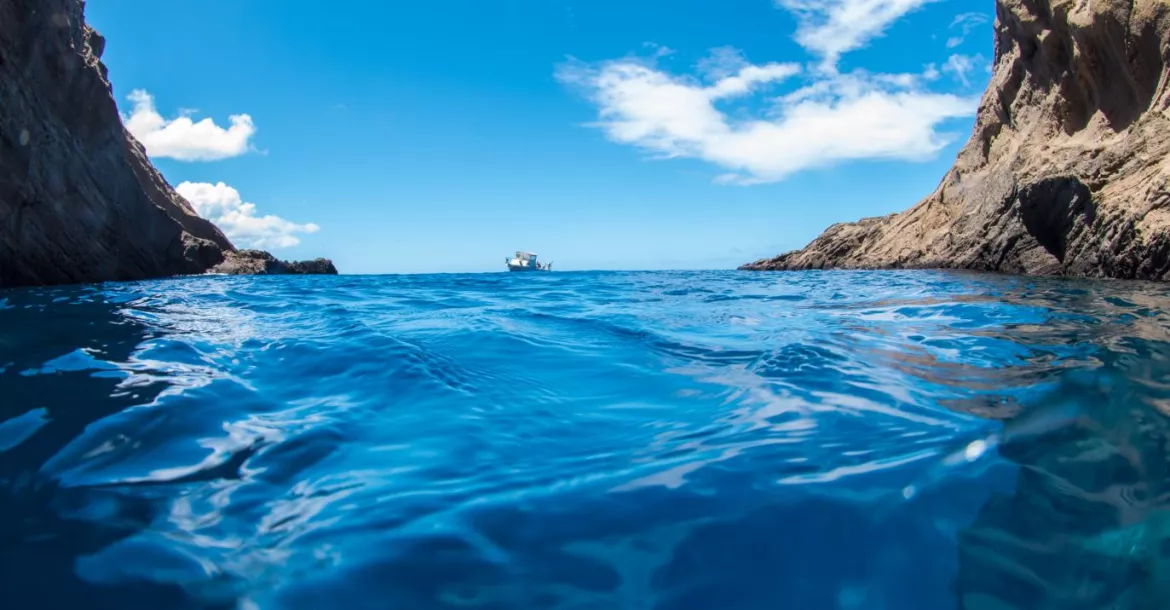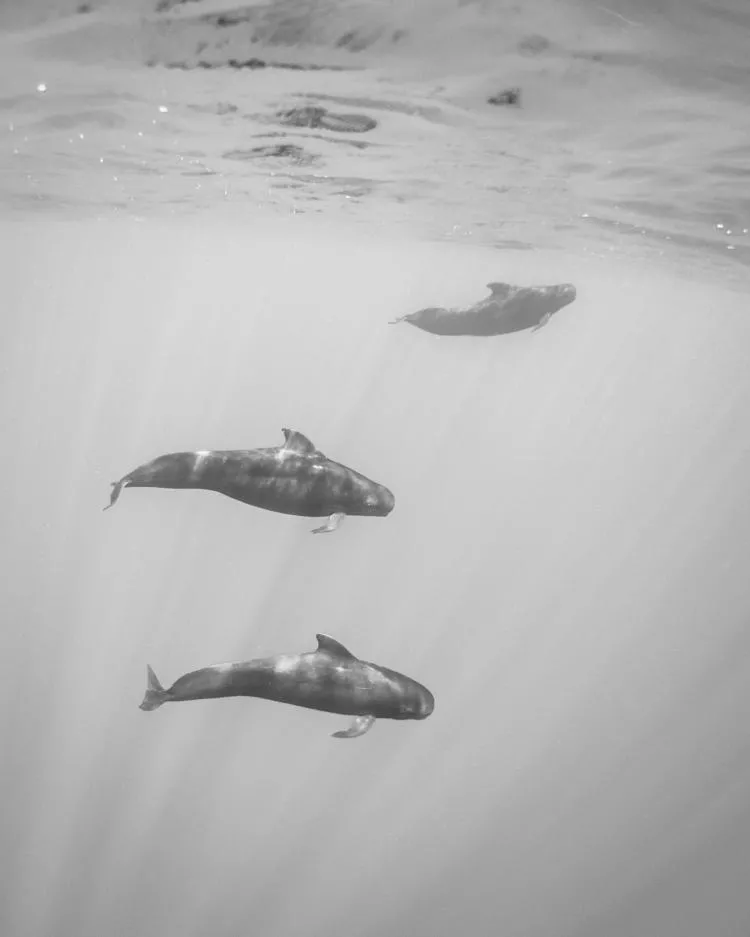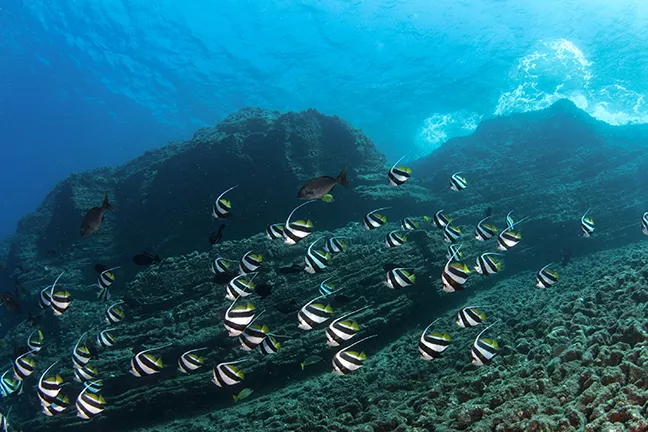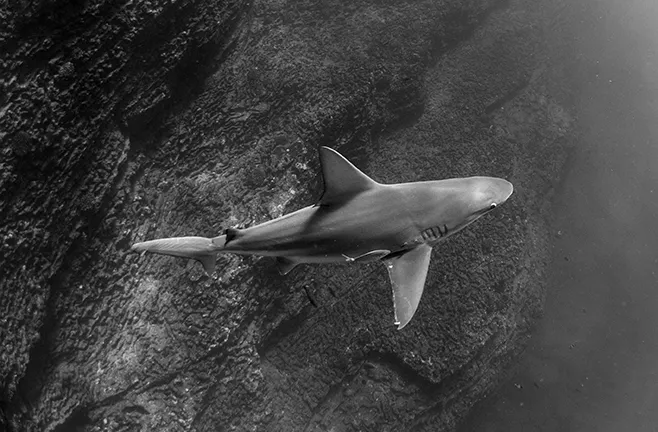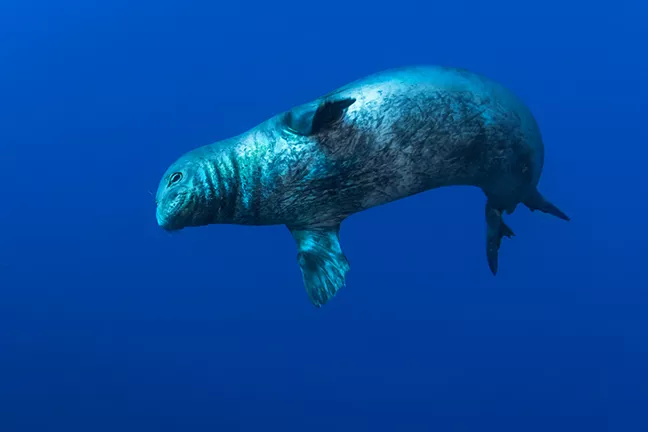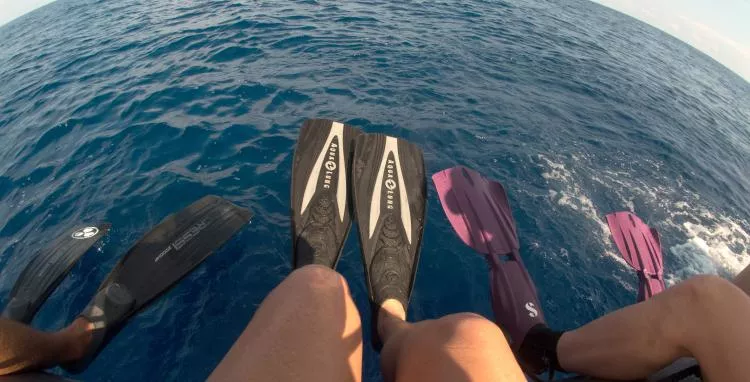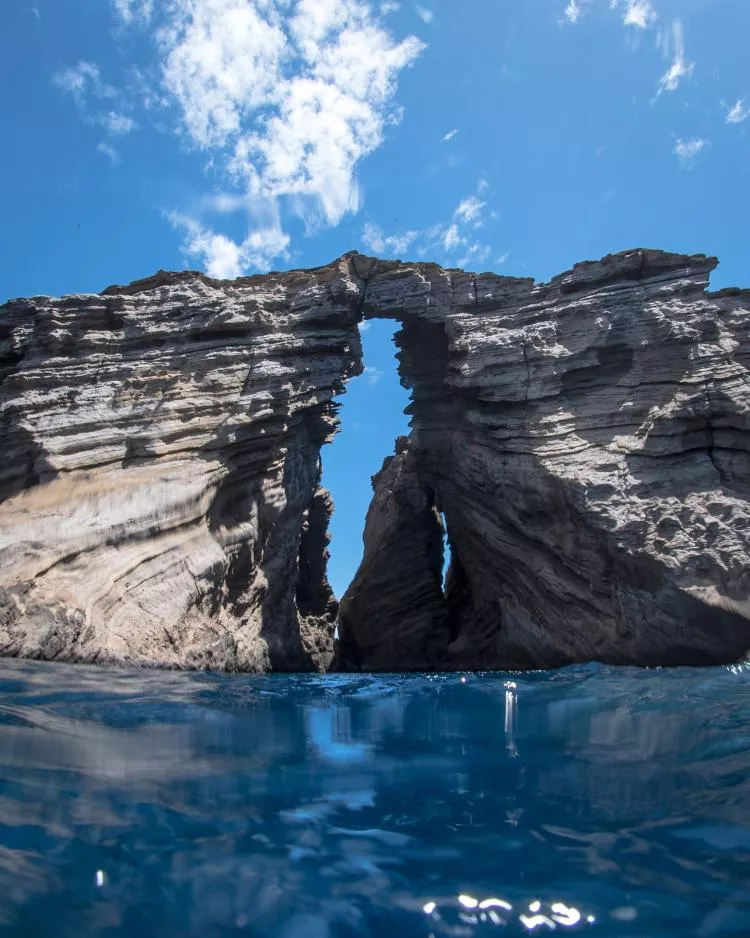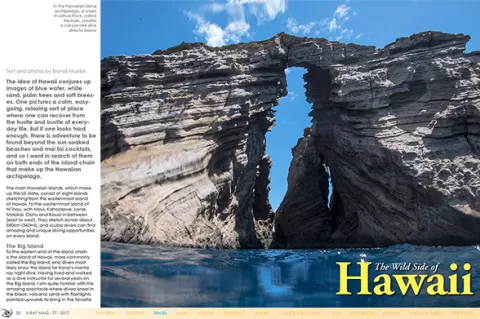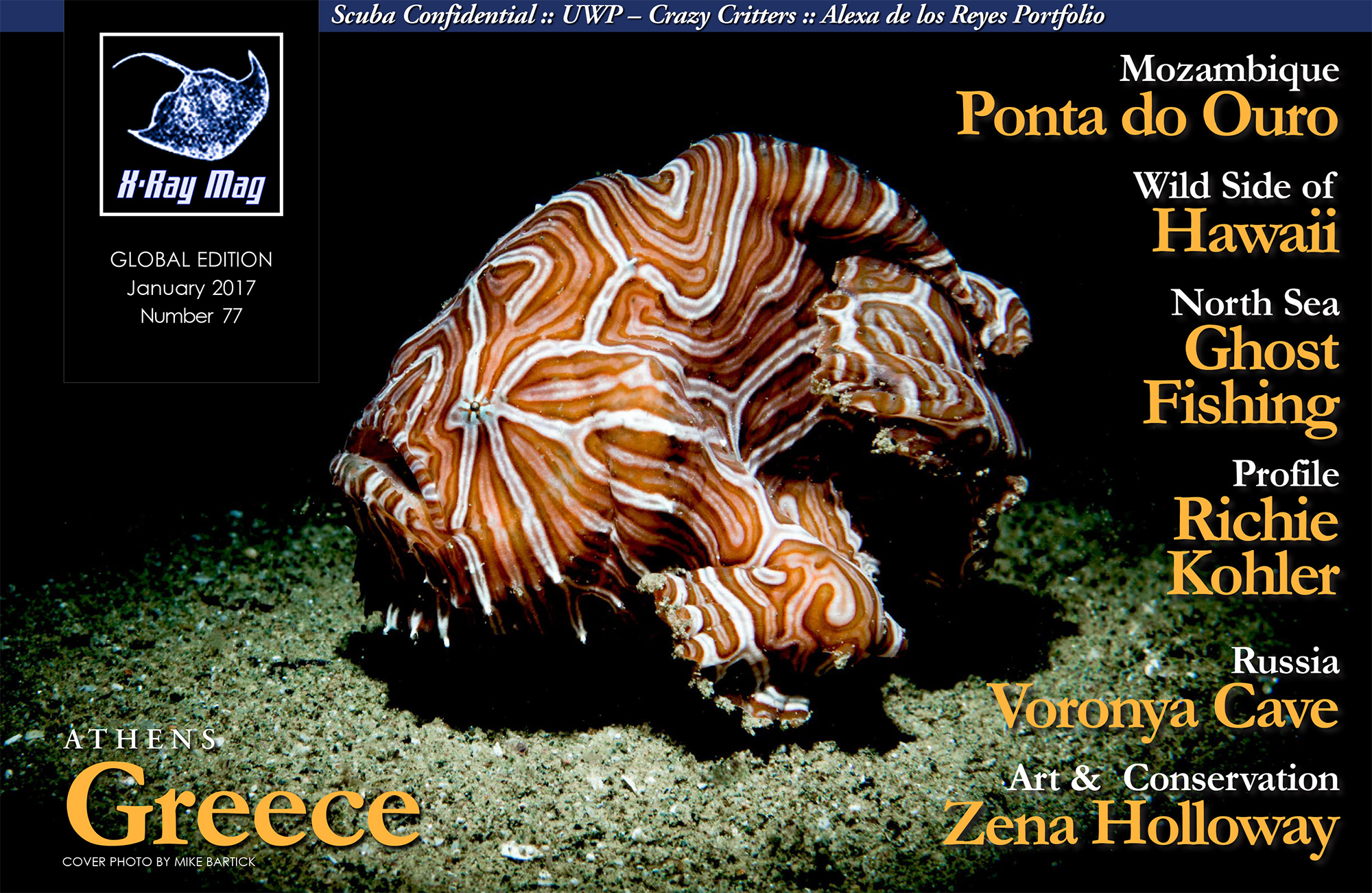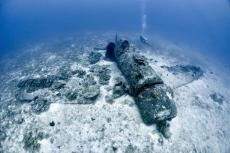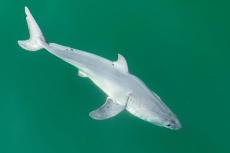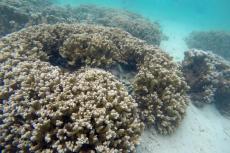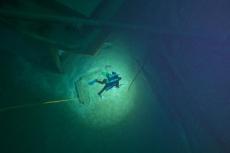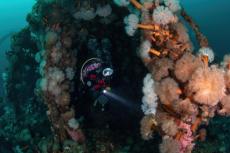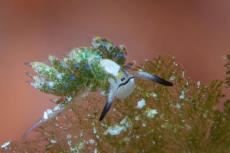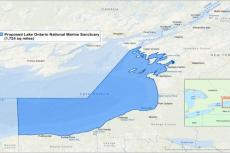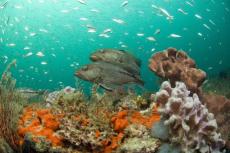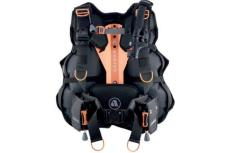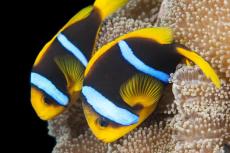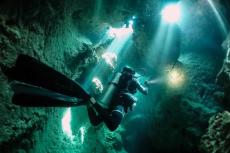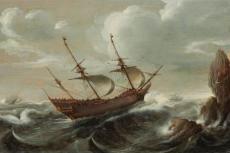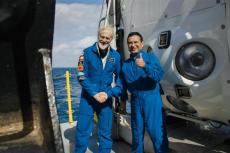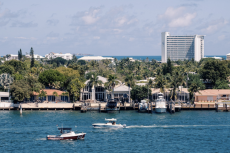The idea of Hawaii conjures up images of blue water, white sand, palm trees and soft breezes. One pictures a calm, easy-going, relaxing sort of place where one can recover from the hustle and bustle of everyday life. But if one looks hard enough, there is adventure to be found beyond the sun-soaked beaches and mai tai cocktails, and so I went in search of them on both ends of the island chain that make up the Hawaiian archipelago.
Contributed by
Factfile
Brandi Mueller is a PADI IDC Staff Instructor and boat captain living in the Marshall Islands.
When she’s not teaching scuba or driving boats, she’s most happy traveling and being underwater with a camera.
For more information, visit: Brandiunderwater.com.
SOURCES:
https://joss.ucar.edu/hawaiian-monk-seal-health-program
https://www.pifsc.noaa.gov/hawaiian_monk_seal/
http://www.to-hawaii.com/niihau.php
http://www.tourist-destinations.net/2013/08/lehua-island-hawaii.html
https://en.wikipedia.org/wiki/Lehua
The main Hawaiian Islands, which make up this US state, consist of eight islands stretching from the easternmost island of Hawaii, to the westernmost island of Ni’ihau, with Maui, Kahoolawe, Lanai, Molokai, Oahu and Kauai in-between (east to west). They stretch across about 580km (360mi), and scuba divers can find amazing and unique diving opportunities on every island.
The Big Island
To the eastern end of the island chain is the island of Hawaii, more commonly called the Big Island, and divers most likely know this island for Kona’s manta ray night dive. Having lived and worked as a dive instructor for several years on the Big Island, I am quite familiar with this amazing spectacle where divers kneel in the black, volcanic sand with flashlights pointed upwards to bring in the favorite food of manta rays: plankton. It is almost guaranteed that several mantas, with two- to three-meter wing spans, will show up to feast on the plankton attracted by the lights. On some nights, as many as 30 or 40 mantas will show up.
But hey, everyone does that dive. I wanted to do something different.
Having spent many hours off the Kona Coast, I knew that sightings of rare marine mammals and sharks were a possibility. But how often can you just drive a boat offshore and hope to come across something cool? Wild Hawaii Ocean Adventures (you have to love their acronym: “WHOA”) does just that. Every morning, they take off in a former navy assault vessel, which was previously used by the Navy SEALs. Named the Ocean Warrior, just getting to ride around in this incredibly fast and maneuverable boat is an adventure in itself. The passengers stand at the back of the boat leaning back into the seats and hold onto a bar in front to stabilize themselves, as the captain does 360-degree turns, practically on a dime, and speeds into overhanging lava-formed caverns at the shoreline.
I did not go for the boat ride though. We took off in the morning and headed straight out to sea into the Alenuihaha Channel. We weren’t out for more than 20 minutes before I saw a sleek, black fin break the water. The captain saw it too and slowed the boat down a short distance from the place where we spotted the fin. Then, about four fins surfaced. We waited a little longer and the captain took note of the direction the fins were headed, eventually moving the boat a tad in front of where they seemed to be going. The guide and two snorkelers slowly and quietly slipped into the water. Those of us still on the boat saw the fins, now right behind us, headed in the direction of the group. Two minutes later, the fins surfaced right next to the snorkelers. Four pilot whales and a small baby!
Cheers and excitement rang through the air as everyone returned to the boat. Again, the captain took note of where the fins were headed, moving the boat slowly in front of them and going wide around their potential route. Then, it was my turn. Getting into the water as quietly as possible so as not to disturb the whales ,my group of three floated in the open ocean—nothing but blue water all around and below us (the channel was over a mile deep). Then, at the edge of my vision, I saw a dark shadow in the distance. As I kept my eye on it, it got bigger and soon became the four pilot whales the first group of divers had seen. The tiny baby kept close to one of the adults and the whales moved in unison up to the surface to take a breath and then dove down just below the surface. They continued past us as if we were not there.
We continued to take turns swimming with the pilot whales. At one point, I was on the boat and saw a light gray shadow in front of the boat. Not quite sure if I was seeing things, I kept my eyes on it and saw it move from the front of the boat towards the back. I pointed it out to the captain and found out it was an oceanic whitetip shark! The adrenaline started rushing.
These stealthy, slow-moving, sometimes aggressive sharks are common off the coasts of the Hawaiian Islands. But divers and snorkelers do not often see them, since they rarely come close to shore. Sporting a very large dorsal fin with a bright patch of white at the end, these sharks are easily identified and often seem curious about boats and other things floating in the middle of the ocean.
The next group of snorkelers got ready and slipped into the water with the shark, which did not move away from them, but it also did not go for them or charge. It just seemed curious, as it checked them out. The divers had a great view of this beautiful shark, in all its glory. Then it was my turn to dive with the shark. It had moved off a bit, as we got in the water. I could just make out the body shape and the white of the dorsal fin, but the shark did not want to get any closer to us for the rest of the day.
We eventually continued searching the blue horizon for other animals. We found another pod of pilot whales, then a large, gray, diamond-shaped object appeared off the side of the boat. Our guide jumped in and said it was a mobula ray. However, it descended immediately and we only got a glimpse of it from the surface.
Towards the end of the trip, we headed back towards the jagged Kona coastline, stopping to snorkel through a lava-formed cavern. Had my plane to Kauai not been leaving the next day, I would have stayed and gone out on the Ocean Warrior again in search of more animals, in the open Pacific Ocean. But, I was headed to the other side of the Hawaiian Island chain.
Ni’ihau and Lehua Rock
Seventeen miles west of the Hawaiian Island of Kauai, across the notoriously rough Kaulakahi Channel, is Ni’ihua, often referred to as the “Forbidden Isle.” It is accessible only to the island owners and residents, military, government officials, invited guests and limited authorized tourists who generally have no contact with the residents. The residents live in a manner similar to the ancient Hawaiians, with no running water and little electricity (and only some solar power), engaging mostly in subsistence farming—and they still converse in the Hawaiian language.
Less than a mile north of Ni’ihau is Lehua Rock—an uninhabited, barren island, which is part of the extinct Ni’ihau volcano that is a Hawaii State Seabird Sanctuary. The sanctuary serves primarily as a migratory home and nesting place for 16 species of seabirds.
In the summer months when conditions are calm, a few dive and snorkel operators make several trips a week across the bumpy channel, usually taking around three hours to get there. I was lucky enough to have friends with a private boat. We headed over to the area with the intent of doing some boat camping and diving for two days.
The crossing itself can be an adventure, with the possibility of seeing spinner dolphins, pilot whales, bottlenose dolphins, and rare marine mammals like beaked whales, false killer whales and humpbacks in the winter. Seabirds, including several endangered species, can also be seen, and we had some follow our boat all the way across the channel.
Upon arriving, we jumped in for our first dive, close to Ni’ihau. Beneath the surface, we found lava rock shelves that looked almost as if the lava had just recently flowed to this area, with fluid lava rock piled on top of each other. We swam down a canyon-like wall and under an arch, out to the open blue. Two eagle rays swam by and huge schools of butterfly fish moved along the rock, circling down to eat off the rock and then back up into the water column, one by one. A giant trevally swam by and a few gray reef sharks ignored us as they made their way past.
Moving over, close to Lehua Rock, what I had hoped most to see was already at the surface beckoning us to come underwater with it—an endangered Hawaiian monk seal (Neomonachus schauinslandi, formerly Monachus schauinslandi). Critically endangered and ranked as the United States' most endangered mammal, there are estimated to be less than 1,200 Hawaiian monk seals in the world. Most of the population live in the protected Northwestern Hawaiian Islands, which start just northwest of Ni’ihau and continue for over 1,100 miles northwest. About 170 individuals are thought to reside in the main Hawaiian Islands. And I was looking at one of them.
Endangered monk seals
Monk seals have had a rough relationship with humans and were first threatened by sailors hunting them for their skins, oil, and as food. They were easy targets because they haul up on beaches for long naps. It is believed they reached an all-time population low of 19 individuals but are now making a comeback, although many threats still exist.
Some threats come from the monk seals’ natural habits. Mating can be quite violent, causing wounds to the females that can lead to septicemia and possible death. Females give birth after nine months and stay with their offspring while nursing them. After six weeks, the mothers leave, and the pups have to fend for themselves, leaving them susceptible to shark attacks and being trapped in marine debris such as nets and garbage.
Monk seals also compete with commercial fishers for their food as the seals’ diet includes many fish and crustacean species, which are being depleted due to commercial fishing. They also eat lobster, tuna and other game fish, which are becoming less and less common, so they are facing starvation.
Anthropogenic diseases are also being shown to affect monk seals (and other seal species around the world). Seals have shown up with parasite infections such as the cat parasite, Toxoplasma gondii (stray cat populations on the main Hawaiian Islands are massive), as well as bacterial infections such as leptospirosis, which is spread by rats on the main Hawaiian Islands.
There is hope though, and the population seems to be slowly climbing. Protection on the main Hawaiian Islands has kept those monk seals safe, and many research efforts are going on in the Northwestern Hawaiian Islands as well.
Diving with monk seals
All this aside, we geared up for a dive at a site known as Vertical Awareness an underwater pinnacle just off Lehua Rock. The pinnacle has sheer walls on all sides descending much, much farther than we could see. Monk seals are protected under the Endangered Species Act and the Marine Mammal Protection Act, and it is obviously illegal to kill, capture or harass them. Diving encounters with monk seals are entirely left up to the seal. (Swimming after them will not accomplish anything but just cause them to swim away, anyway.)
Once in the water, we got to about four meters before hearing a low-pitched grunting noise. Looking around for where it was coming from, I saw a monk seal about 40m from us, off in the blue, looking right at us. We watched as the seal slowly went to the surface for a breath of air; then, it came back down to the rock ledge and proceeded to scratch itself on the rocks below.
A little while later, I saw my dive buddy point into the blue. Expecting a monk seal, I quickly realized the large object was not another monk seal, but a large silky shark! The monk seal started growling again, and the sharks moved closer to the seal, looking like they might have a face-off. But the monk seal held its ground, and the shark was the first to alter course, moving to one side of the seal.
The walls were covered in hard corals, upon which there was plenty of macro life to be seen, for those with enough willpower to ignore the monk seals, sharks and eagle rays swimming off in the blue. Endemic nudibranchs only found in Hawaii were all over the walls, and tiny harlequin shrimp hid in the cauliflower coral heads. One of my favorite fish, also endemic to Hawaii, is the bandit angelfish. Several of these could be seen swimming along the wall. I was so intrigued by their black and white bodies, sporting a black stripe over the eyes, just like a bandit.
We spent the night on the boat. In the middle of the night, I woke up to a puff of air and a little bit of a growl. I looked over the side and saw a monk seal swimming around the boat. Staying up for a little while, the seal came up right next to the boat about every 20 minutes to breathe. I couldn’t wait for dawn when I could go diving again.
On our second day, the diving around Ni’ihau and Lehua Rock was just as good as the first. We had numerous silky sharks and saw a total of three different seals underwater. My favorite dive started at a place known as Keyhole, where a crack in the islands runs about 30m high above and below the waterline. Swimming through the crack is like going through a narrow canyon, with steep walls on either side.
Eventually, we had to return and headed back across the channel, getting to Kauai right before sunset. The diving opportunities in Hawaii are endless, and these two wild adventures are just a small sampling of the different experiences that can happen in Hawaii’s waters. As always, I can’t wait to return to Hawaii and maybe spend some more time with the pilot whales, monk seals and sharks!

